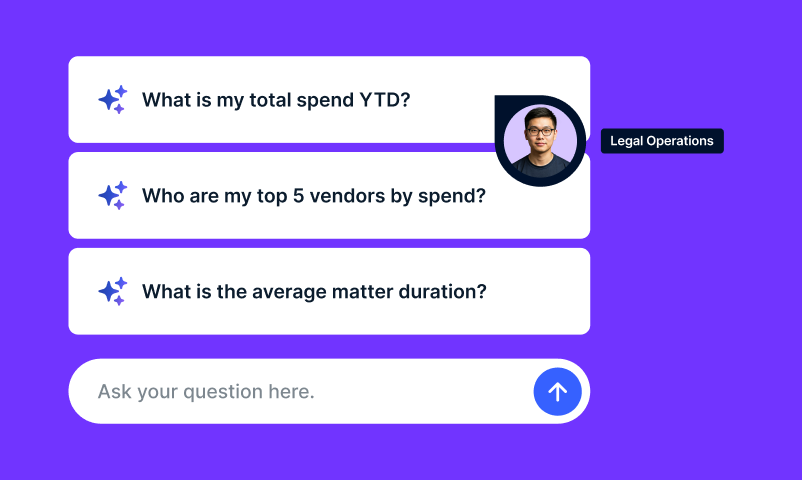
We now almost take for granted certain features we need in a business process and workflow automation platform: no-code configuration, agile project management, rapid value delivery, responsive user interface, and an adaptive end user experience. But it should also be highly human-centric with certain simple capabilities such as user suites and dashboards to view all of your transactions.
The platform should centralize all data, notes, documents, conversations and email threads in one location. Business teams should have real-time visibility into the process—whether it is a contract negotiation, NDA request or sales quote approval. It should be easy to configure custom forms, fields, checklists, workflows and have process tracking capabilities with the flexibility to make changes and improvements in-stream as often as needed.
Suites and dashboards come in many flavors, but we’ve selected a few that should be at the top of your list.
Operational and User Suites
Suites should be designed to meet the specific needs of an individual or role. Suites provide the ability to group smaller processes together to form an end-to-end solution and user experience. Each suite widget should be informational, as well as a quick entry point to any given slice of data. The ability to create persona-based home pages that visualize data, action items, and trends/metrics for end-users is very important, as is being able to choose between a dozen different visualization widgets, such as pie charts, bar charts, counters, timelines and more.
Leadership Analytics Dashboard
Your platform should natively integrate with Tableau as the primary business intelligence and analytics engine. Ideally, Tableau can be pulled directly into the platform to provide a seamless user experience to interact with the underlying data contained within the platform.
User and Smart Selection Tableau Dashboard
This type of dashboard can drive a user to underlying Tableau reports, specifically addressing the user’s needs.
Other vital dashboards should include:
- Evaluation
- Comparison over time
- Business unit analysis
When it comes to human-centric, adaptive and responsive user interfaces, it’s not the time to skimp or cut corners. You need the workflow, process and collaboration platform that is the best fit for the way your teams work, and choosing a provider who offers unsurpassed suites and dashboards puts you one step ahead of the rest of the pack from the very beginning.







